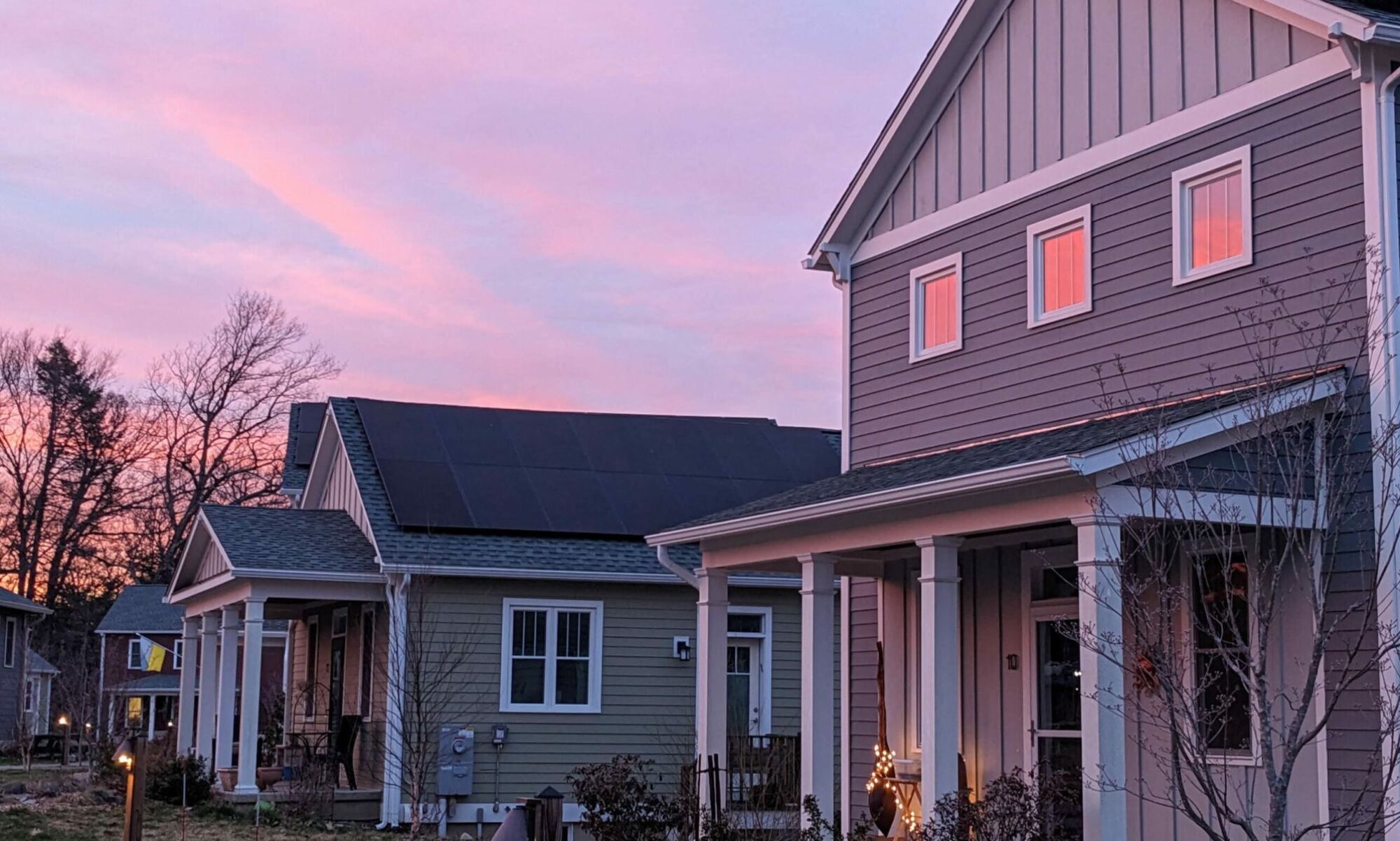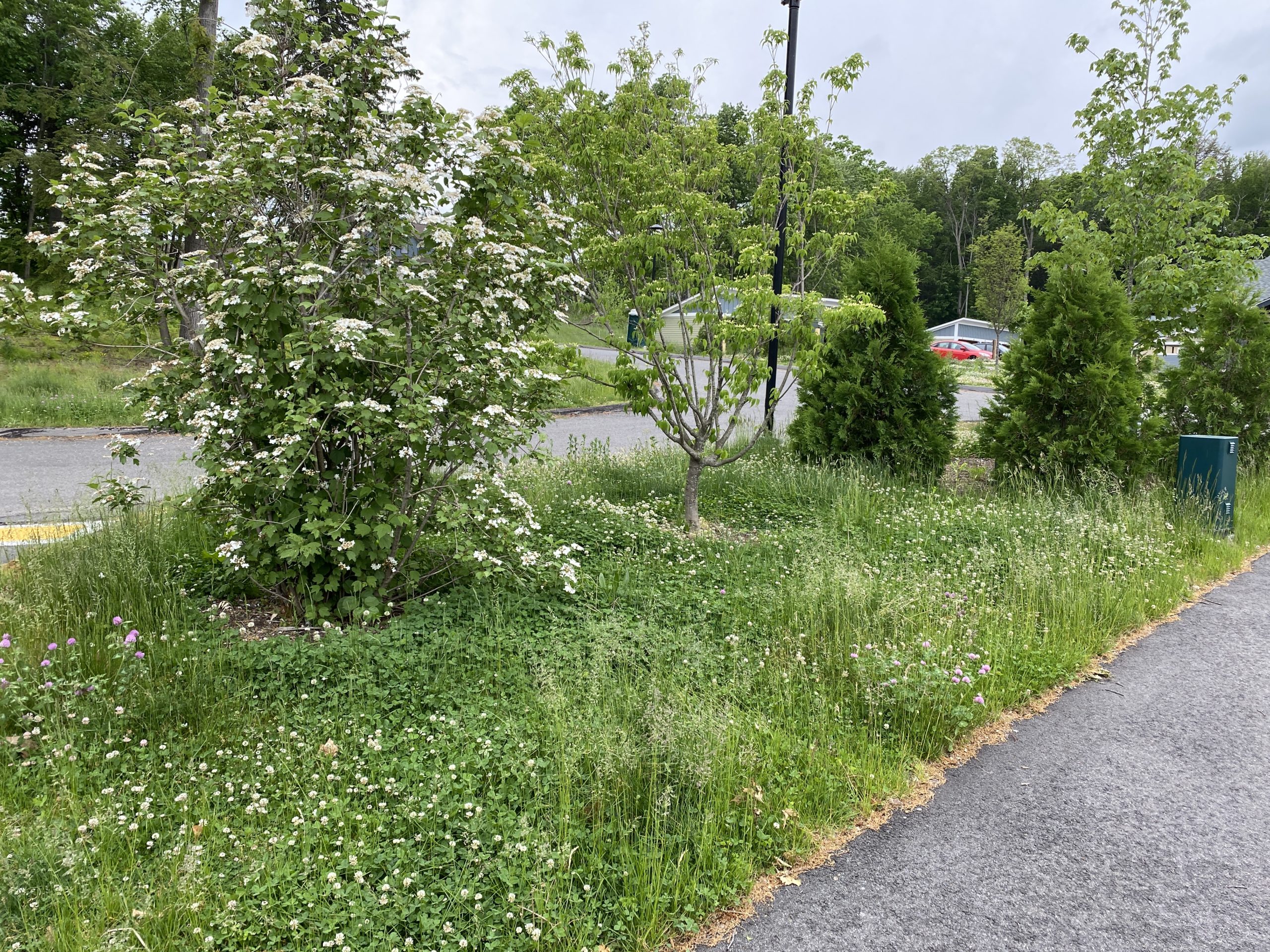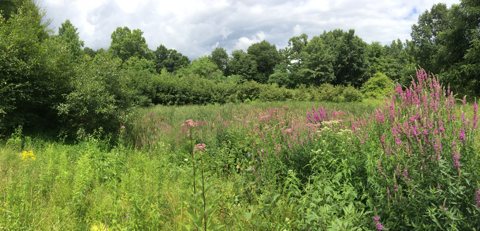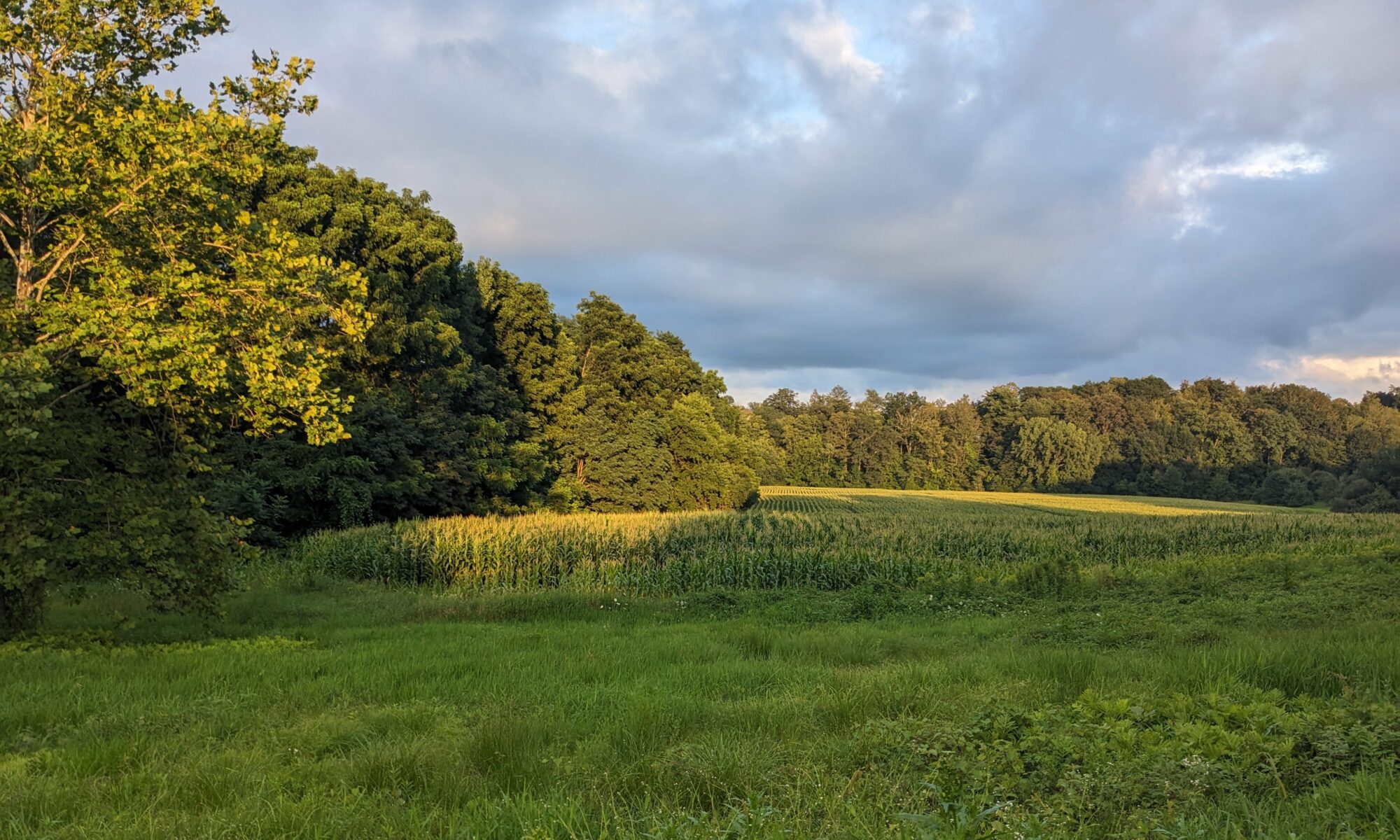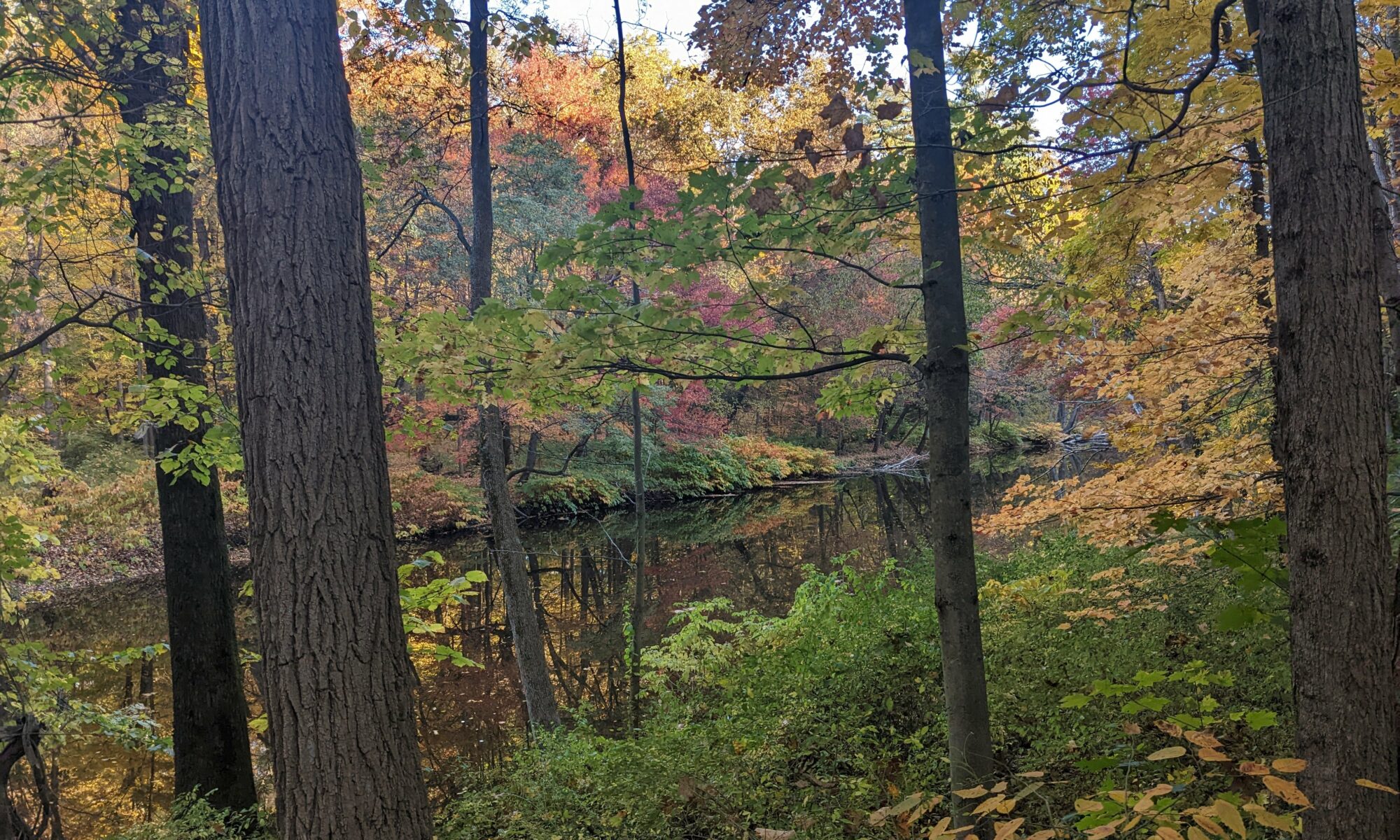Have you seen any red beetles on your milkweed? Wait before you send them to their watery death, these are the “good guys.”
If you look carefully, long before the monarchs arrive you may see a spotted, long red beetle with curled black antennae. This is a red milkweed beetle. They may have black spots or pattern (not white spots, that’s a bad bug!)
The red milkweed beetle (Tetraopes tetrophthalmus) There are different kinds of milkweed beetles, specializing in different types of milkweed; the red milkweed beetle prefers common milkweed (Asclepias syriaca).
Most species of insects try to camouflage themselves from predators, but since milkweeds are toxic to many predators, the milkweed beetles as consumers of milkweed, are also toxic to many predators. Pretty smart for an insect!
Native long-horned beetles, such as the red milkweed beetle, have a valuable place in our ecosystem and only eat milkweed. They are not harmful to monarchs or harm monarch eggs or larvae, so we can all coexist quite happily.
